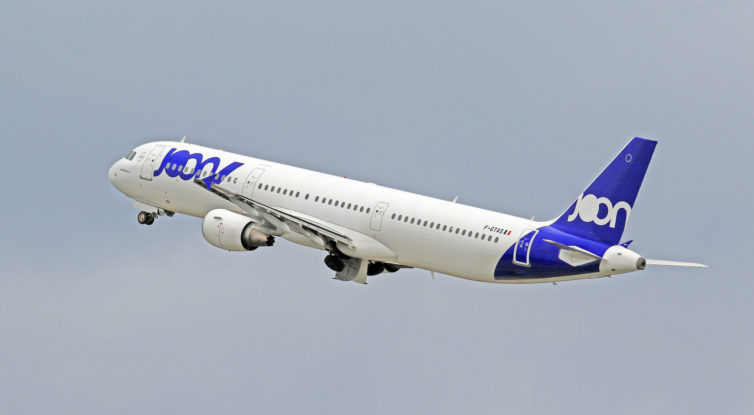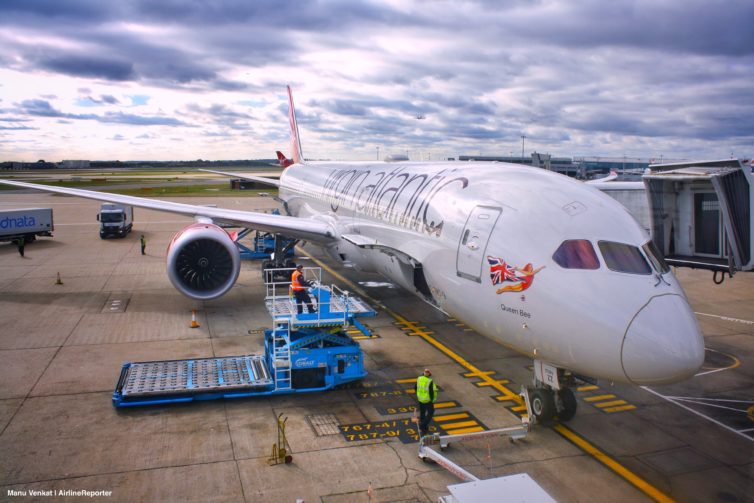
Last month we were on Virgin Atlantic’s first flight using jet fuel made from recycled pollution. The service was operated by one of the older planes in Virgin’s fleet, the classic 747-400. It’s always a blast to fly with the Queen of the Skies, but on the return journey we were looking forward to flying with her younger sibling the 787-9 Dreamliner.
While onboard, we got to review the newest version of the airline’s premium economy product: Virgin Premium. True to form for Virgin, the cabin experience oozed style, with sleek yet comfortable seats, great inflight entertainment, and food that could’ve been mistaken for what you’d get in business class. Of course there were parts of the experience that reminded us that we weren’t actually flying in Virgin’s “Upper Class.” But all in all, we found Virgin Premium to be a strong product that’s is well worth it when crossing the Atlantic.
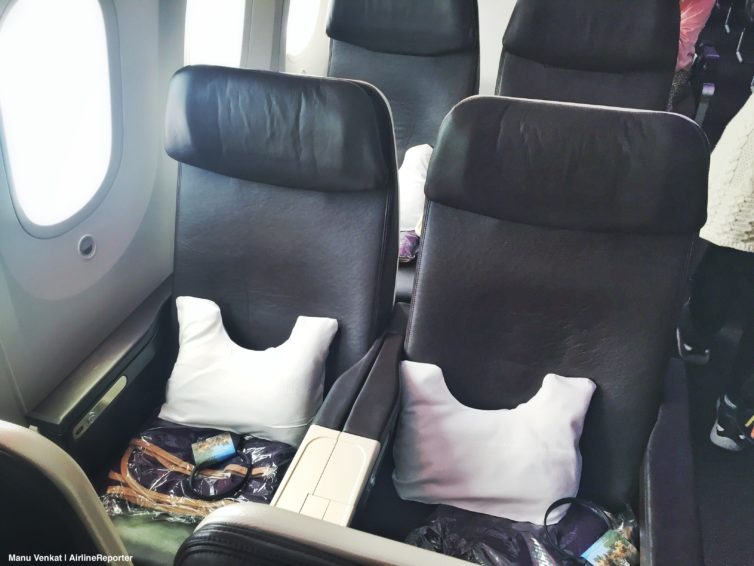
Read on for plenty of photos and details from our premium economy flight with Virgin Atlantic.
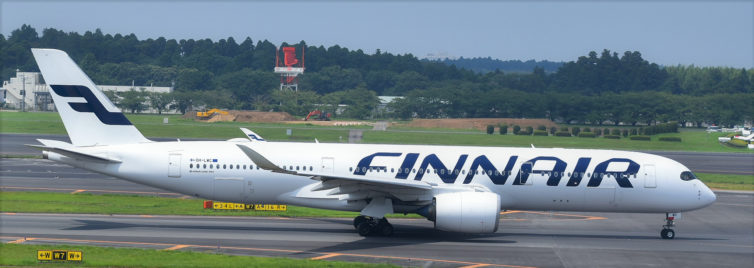
A Finnair Airbus A350-900 at Narita – Photo: Alec Wilson | FlickrCC
We love getting a glimpse behind the scenes at the people behind airline operations. So when we flew to Helsinki to learn about Finnair, we sat down for a chat with Sara Mosebar, the queen of the airline’s Airbus A350s! Well, formally her title is “A350 Program Manager.” But she may as well be aviation royalty based on her rsum. After getting her aerospace engineering degree at the University of Texas at Austin, she started her career at Boeing. And just a few years after joining Finnair’s A350 team as a Fleet Engineer, she was promoted to head the airline’s entire A350 program. It’s a big role, since the A350 is the flagship of Finnair’s long-haul fleet.
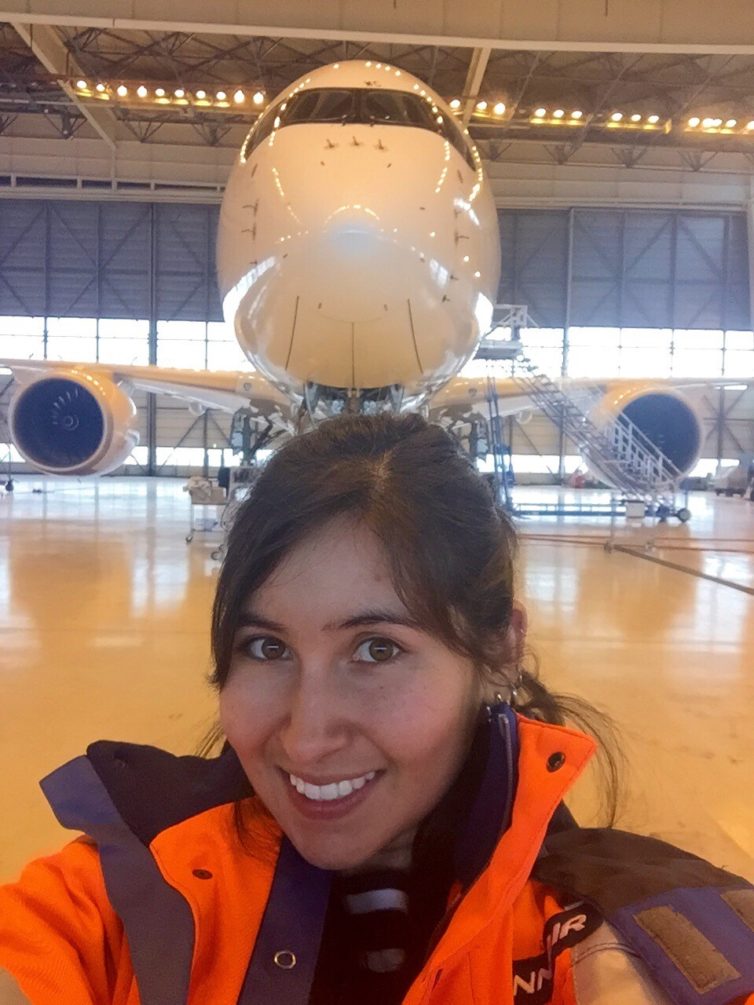
Here is Sara with one of Finnair’s A350s – Photo: Finnair
Here in part one of our interview, we discuss Sara’s responsibilities as person-in-charge of Finnair’s A350 fleet, her experience transitioning from Boeing to Airbus airplanes, and the highlights of the Finnair A350 passenger experience. We also see how her team tackled teething problems with new aircraft, as well as plans for expanding Finnair’s A350 route network. If you’re an AvGeek, consider it required reading!
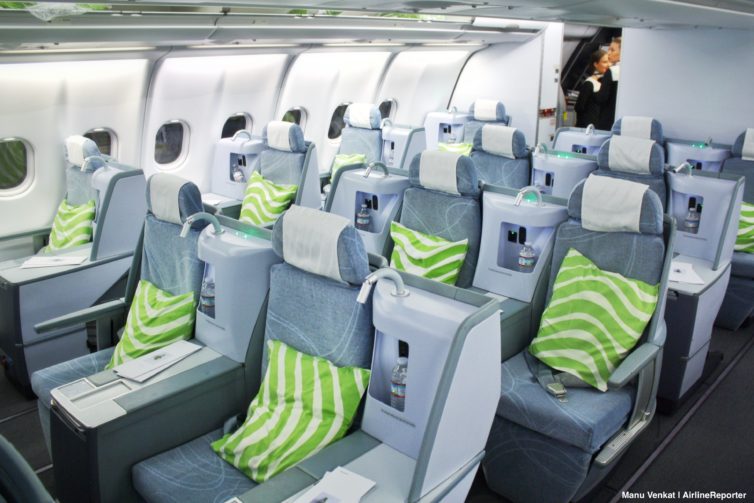
One of the best parts of our job is learning about airlines on your behalf. Finnair has been on our radar after having a big few years, welcoming the Airbus A350 as the flagship of its fleet and announcing new routes to the U.S. and Asia. So when we got the chance to experience Finnair’s long-haul product for ourselves, of course we said yes!
We’ll have plenty of in-depth Finnair stories coming up, including a review of their A330-300 business class and an interview with their A350 Program Manager. For now, we wanted to share a few big-picture quick thoughts and observations we had about the airline. Read on for some highlights about what we learned from our Finnair adventure!
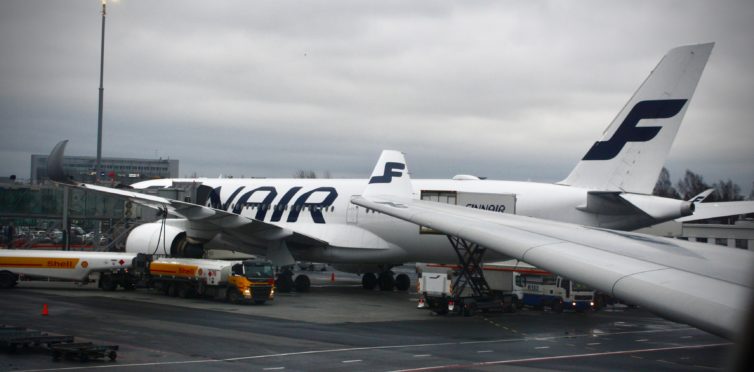
Photo: Manu Venkat | AirlineReporter
I was born in 1985, which puts me in the millennial generation. We are largely known for being technologically savvy, and having different tastes than previous generations. As such, many companies have been forced to adapt in order to do business with us. As our collective purchasing power grows, airlines are also adapting. Many have rolled out apps for smartphones and updated websites allowing us to purchase tickets, check-in for flights, and board planes with only a few taps of our fingers. Others are also advertising their involvement in social causes that Millennials care about. However, one European airline is taking a dramatic step to capture more Millennial travelers.
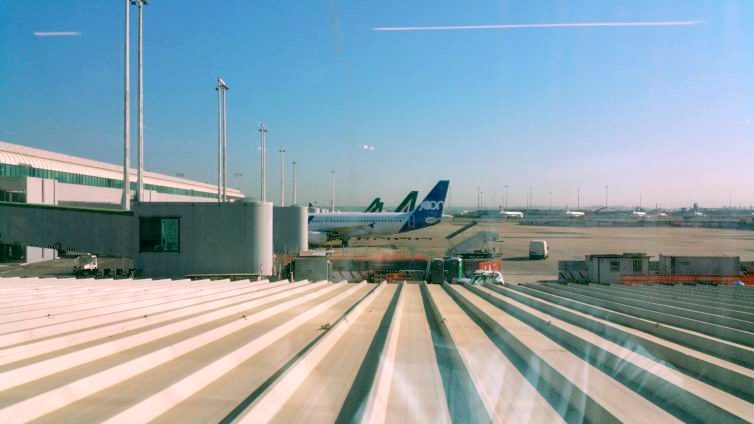
One of these things is not like the other: Joon’s Airbus 321-200 sticks out among the Alitalia planes at FCO
Meet Joon, a low-cost carrier created by Air France, designed specifically with Millennials in mind (for the baby boomers rolling their eyes, don’t worry, our own David Parker Brown [and his mom] designed an airline just for y’all). Joon promises many of the stereotypical products that appeal to us, including organic food options and craft beer. The overall flight experience, as I found out on a flight from Rome to Paris (FCO – CDG), is definitely designed to appeal to the younger Millennials.
As the main international gateway for America’s capital, Washington Dulles is served by a ton of foreign carriers. Many offer lounges for their premium cabin passengers, and a few of them are part of the global Priority Pass network. Dulles’ slice of that network got a new addition last year: the Turkish Airlines lounge, which opened in 2016.
I’ve visited Turkish Airlines’ insane flagship lounge at its hub in Istanbul; definitely check out that story, if you haven’t already. While its Dulles lounge obviously can’t compare in terms of size or perks, it’s still solidly above average for airport lounges in the U.S. The food scene is solid, there are showers for travelers looking to freshen up, there are great views of the ramp, and the decor is pretty stylish. However, the crowd factor can be very high. But even so, it does well enough overall to get a thumbs up from me.
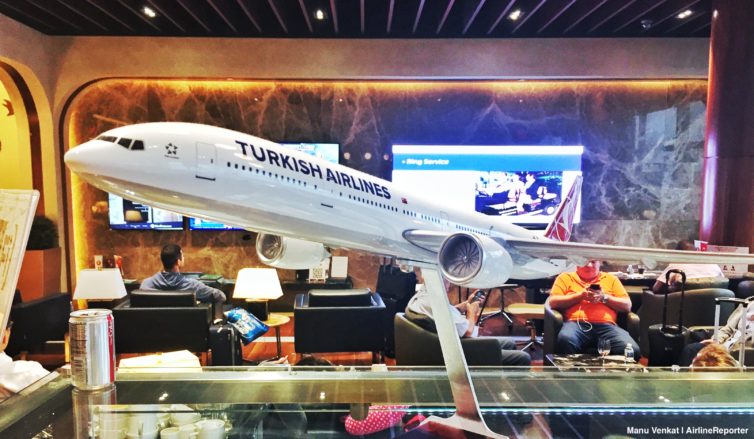
Read on for our detailed take on Turkish Airlines’ Washington D.C. lounge.






